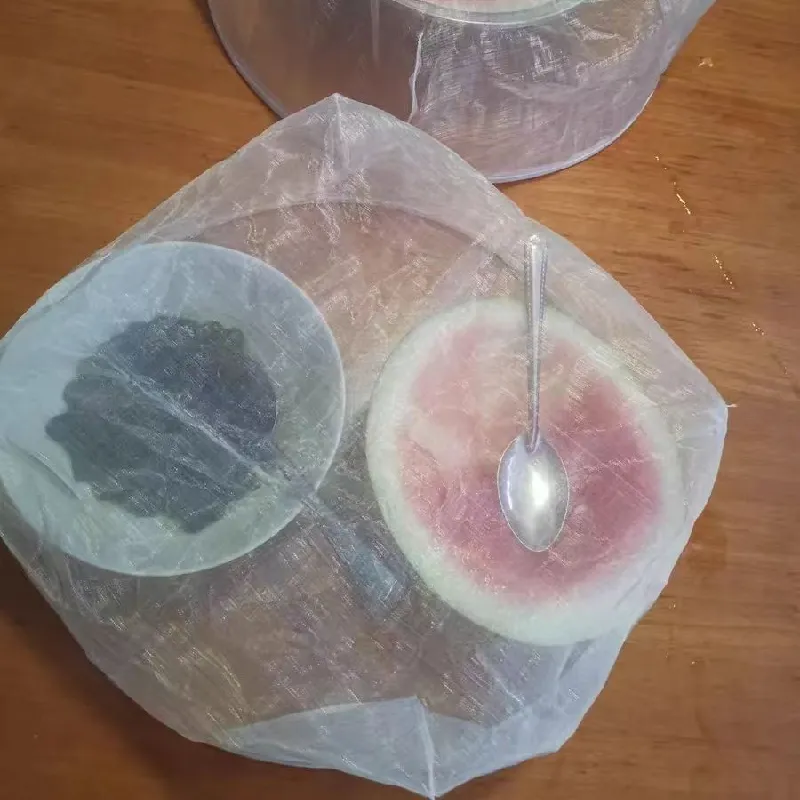-
 Afrikaans
Afrikaans -
 Albanian
Albanian -
 Amharic
Amharic -
 Arabic
Arabic -
 Armenian
Armenian -
 Azerbaijani
Azerbaijani -
 Basque
Basque -
 Belarusian
Belarusian -
 Bengali
Bengali -
 Bosnian
Bosnian -
 Bulgarian
Bulgarian -
 Catalan
Catalan -
 Cebuano
Cebuano -
 China
China -
 Corsican
Corsican -
 Croatian
Croatian -
 Czech
Czech -
 Danish
Danish -
 Dutch
Dutch -
 English
English -
 Esperanto
Esperanto -
 Estonian
Estonian -
 Finnish
Finnish -
 French
French -
 Frisian
Frisian -
 Galician
Galician -
 Georgian
Georgian -
 German
German -
 Greek
Greek -
 Gujarati
Gujarati -
 Haitian Creole
Haitian Creole -
 hausa
hausa -
 hawaiian
hawaiian -
 Hebrew
Hebrew -
 Hindi
Hindi -
 Miao
Miao -
 Hungarian
Hungarian -
 Icelandic
Icelandic -
 igbo
igbo -
 Indonesian
Indonesian -
 irish
irish -
 Italian
Italian -
 Japanese
Japanese -
 Javanese
Javanese -
 Kannada
Kannada -
 kazakh
kazakh -
 Khmer
Khmer -
 Rwandese
Rwandese -
 Korean
Korean -
 Kurdish
Kurdish -
 Kyrgyz
Kyrgyz -
 Lao
Lao -
 Latin
Latin -
 Latvian
Latvian -
 Lithuanian
Lithuanian -
 Luxembourgish
Luxembourgish -
 Macedonian
Macedonian -
 Malgashi
Malgashi -
 Malay
Malay -
 Malayalam
Malayalam -
 Maltese
Maltese -
 Maori
Maori -
 Marathi
Marathi -
 Mongolian
Mongolian -
 Myanmar
Myanmar -
 Nepali
Nepali -
 Norwegian
Norwegian -
 Norwegian
Norwegian -
 Occitan
Occitan -
 Pashto
Pashto -
 Persian
Persian -
 Polish
Polish -
 Portuguese
Portuguese -
 Punjabi
Punjabi -
 Romanian
Romanian -
 Russian
Russian -
 Samoan
Samoan -
 Scottish Gaelic
Scottish Gaelic -
 Serbian
Serbian -
 Sesotho
Sesotho -
 Shona
Shona -
 Sindhi
Sindhi -
 Sinhala
Sinhala -
 Slovak
Slovak -
 Slovenian
Slovenian -
 Somali
Somali -
 Spanish
Spanish -
 Sundanese
Sundanese -
 Swahili
Swahili -
 Swedish
Swedish -
 Tagalog
Tagalog -
 Tajik
Tajik -
 Tamil
Tamil -
 Tatar
Tatar -
 Telugu
Telugu -
 Thai
Thai -
 Turkish
Turkish -
 Turkmen
Turkmen -
 Ukrainian
Ukrainian -
 Urdu
Urdu -
 Uighur
Uighur -
 Uzbek
Uzbek -
 Vietnamese
Vietnamese -
 Welsh
Welsh -
 Bantu
Bantu -
 Yiddish
Yiddish -
 Yoruba
Yoruba -
 Zulu
Zulu
Exploring the Impact of Sweeping Nets on Insect Diversity and Ecosystem Health in Various Habitats
The Importance of Sweeping Nets in Insect Research
Insect research plays a crucial role in our understanding of biodiversity, ecology, and the health of ecosystems. One of the most effective tools employed by entomologists and ecologists is the sweeping net. This simple yet powerful tool allows researchers to capture insects efficiently and effectively, facilitating studies that contribute to our knowledge of these vital organisms.
A sweeping net typically consists of a long handle attached to a circular hoop with fine mesh fabric draped around it to create a bag. Researchers use it by sweeping the net through vegetation, capturing flying or resting insects in the process. This method is particularly useful in environments like grasslands, meadows, and dense shrubbery where insects are abundant but can be challenging to collect using other methods.
The Importance of Sweeping Nets in Insect Research
Moreover, sweeping nets are essential for monitoring changes in insect populations over time. Insects play critical roles as pollinators, decomposers, and as part of the food web, so understanding their populations can provide insights into environmental health. By regularly conducting sweep net surveys, researchers can detect shifts in insect diversity and abundance, which may signal changes in habitat quality or the impacts of climate change and human activity.
sweeping net insect

In addition to their practical utility, sweeping nets also promote a more hands-on approach to education and outreach. Many entomologists conduct workshops and field trips, allowing students and the public to experience the excitement of insect collection firsthand. This not only helps raise awareness of the importance of insects in our ecosystems but also inspires the next generation of scientists. Engaging with insects through sweeping nets fosters curiosity and encourages individuals to appreciate biodiversity and the need for conservation efforts.
While sweeping nets are incredibly useful, there are certain best practices that researchers should follow to maximize their effectiveness and minimize their environmental impact. For instance, it is important to ensure that the sweeping technique is gentle to avoid harming the insects or their habitat. Researchers should also aim to identify and release non-target species promptly to minimize stress on the captured insects. Proper identification and documentation of collected specimens are critical for contributing to scientific knowledge and databases.
Furthermore, modern technology is enhancing the utility of sweeping nets. With advancements in molecular techniques, researchers can now analyze the genetic material of insects collected via sweeping nets, providing deeper insights into population dynamics and evolutionary relationships among species. This integration of traditional collection methods with cutting-edge technology paves the way for more comprehensive studies of insect biodiversity.
In conclusion, sweeping nets are indispensable tools in insect research, enabling effective collection while fostering a connection between scientists and the natural world. Their versatility, ease of use, and role in monitoring populations make them vital for understanding the complex interactions that underpin our ecosystems. As we continue to face challenges related to biodiversity loss and environmental change, the knowledge gained through sweeping net studies will prove invaluable in guiding conservation efforts and informing policy decisions aimed at safeguarding our planet's ecological health.
-
Shipping Plastic Bags for Every NeedNewsJul.24,2025
-
Safety Netting: Your Shield in ConstructionNewsJul.24,2025
-
Plastic Mesh Netting for Everyday UseNewsJul.24,2025
-
Nylon Netting for Every UseNewsJul.24,2025
-
Mesh Breeder Box for Fish TanksNewsJul.24,2025
-
Expanded Steel Mesh Offers Durable VersatilityNewsJul.24,2025











